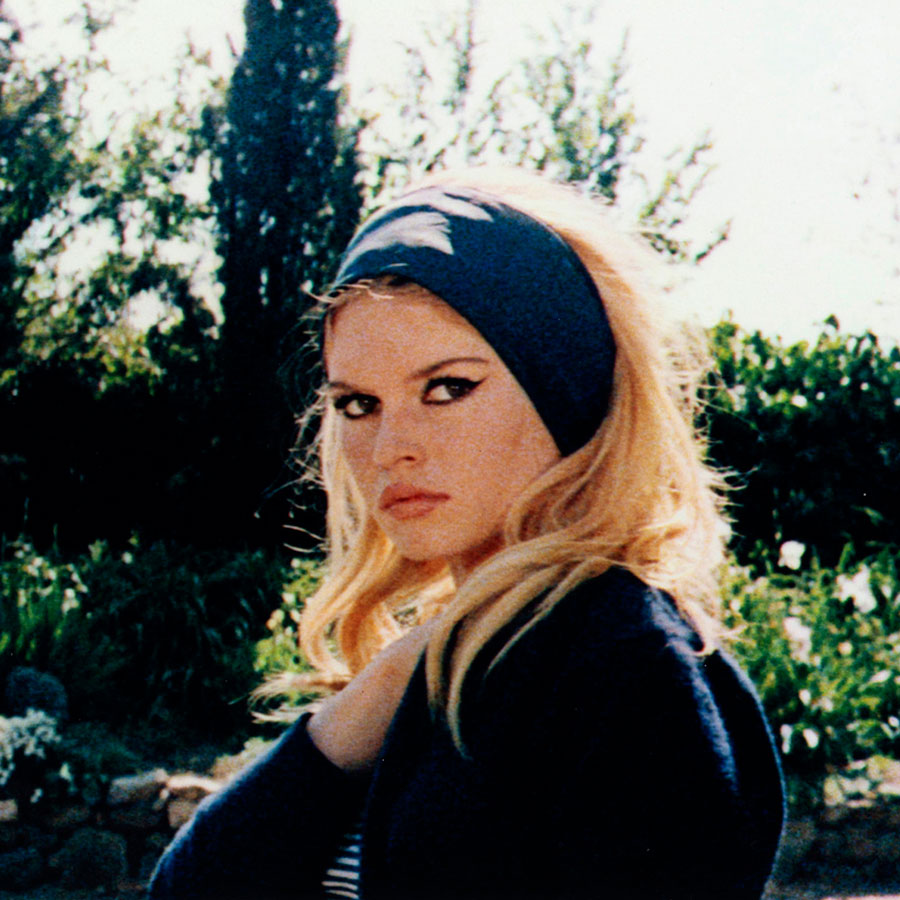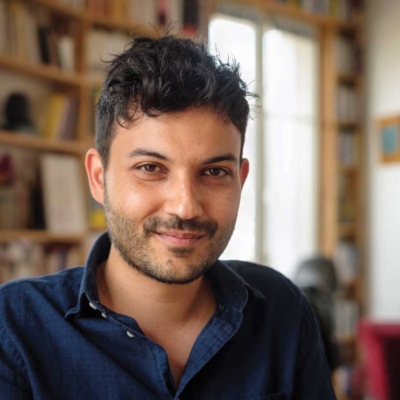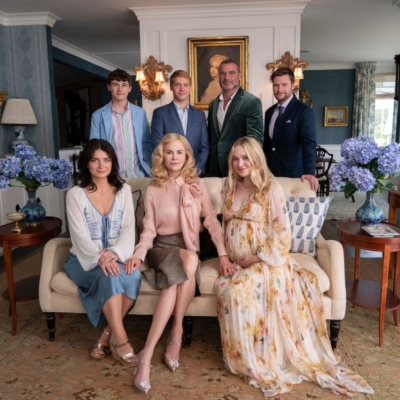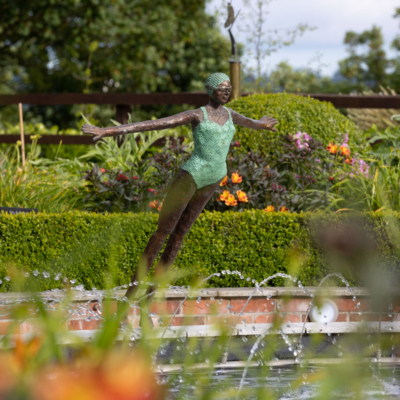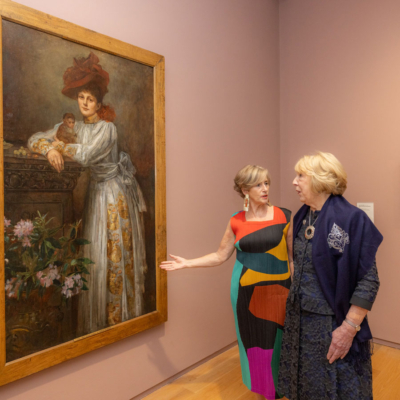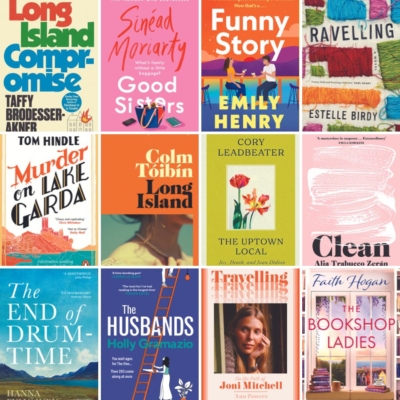Irish hand dye-transfer artist Jean Curran’s new exhibition at The Horse Gallery, Dublin is inspired by the classic French film, Le Mépris, made in 1963…
Who or what was integral to your work as a photographer?
I have always found the darkroom a very special place to be. With photography, having a camera around your neck is a bit like having a passport to venture into places and situations you might not otherwise travel. As a photographer, you have a reason to be there, even if you really don’t. With that, comes great freedom and after all the galavanting, it’s wonderful to retreat to the sanctuary of a darkroom to see what you’ve collected on your travels and to watch your prints come to life.
While my career began in photojournalism, my initial education was in photography and printing in St John’s College, Cork and it’s there that my love of printing began. While I worked within the national and international press, there was always a part of me yearning to get back to the cocoon of the darkroom, where you could really bring things to life.

How and where do you work?
I live and work on my family farm in Co Waterford. After returning from London four years ago I built a studio and darkroom to accommodate the specific requirements for my printing practice. Being based here in the wilds of the countryside is influential to my practice. Tapping into the flow and cycle of nature helps me to put a lot in perspective and helps to drown out that which is not relevant to my practice. It’s also greatly inspiring and it constantly amazes me how vibrant some of the colours within our landscape are.

Can you tell us a little about your creative process – dye-transfer printing is something of a lost or dying art and you are one of only a few left …
Dye transfer was one of the earliest methods of making a full colour image. Considering early colour films like Gone With The Wind or The Wizard of Oz, the dye transfer process is what gave those movies their big, lush colour palettes. It’s also what gave 1940s/1950s America its very distinctive ‘Americana’ palette where tones were bright, clean and crisp.
I’m one of only four artists practicing dye transfer printing in the world today and the only artist globally that uses this printing process as the basis of my artistic practice. Without going too deeply into the technical aspects of the process, I essentially separate a colour image into its red, green and blue channels and then print each layer separately. I then dye each layer either a cyan, magenta or yellow and then roll them one by one onto a sheet of paper to make the print. It’s quite labour intensive, but it offers me a way to examine images and strip them bare and then rebuild them, creating the intensity of each colour on each layer as I go.

Godard/Bardot follows on from your successful exhibition The Vertigo Project, which had the co-operation of the Hitchcock estate. How long did the Godard/Bardot project take from conception to conclusion?
The Vertigo Project is a very special body of work and it was my first venture into taking work from cinematic moving images to photographic prints. I learned a lot from printing that work and working with Universal Studios and the Hitchcock estate that helped me greatly when I began printing Godard Bardot in 2021. Prior to beginning the printing, I had worked with Studio Canal in France and Ms Bardot’s agent for about a year to get all of the paperwork signed off. Also, I am very fortunate to have been in correspondence with Jean-Luc Godard, the director of Le Mépris about the project and to have gotten his blessing before his death.

Why did you choose Le Mépris as a subject and how did you narrow the film down to 13 stills?
The editing process often evolves within the making. I had originally chosen 20 images, but as I began working on the project I realised I could say more with less. The 13 images within the body of work convey all that I wanted to say about both Jean-Luc Godard and Brigitte Bardot and the symmetry between director and actor and of their equivalence to the movie. As with all of my work, colour as a psychological tool and colour as a means of developing the narrative are at the forefront of the work and that’s why I chose to work with this movie. Godard uses colour to talk about things that were happening in contemporary art and the history of colour film. Le Mépris has been called the first post-modern movie and he was really breaking the mould when he made this, it’s very exciting work.

What do you enjoy most about what you do?
Working with movies, whether it be Alfred Hitchcock’s Vertigo or Godard’s Le Mépris, is a great privilege. At a time when we consume so much imagery in a day and we scroll so quickly through images on our smart phones – to stop a moving image and take it out of its shell and present it as an individual frame on a wall of a gallery, works in opposition to how the flow of consumption is moving and I cherish that.

Need to Know: Jean Curran’s “Godard Bardot” is at The Horse Galley, 3 Bethesda Place, Rotunda, Dublin 1 from June 7 until July 20; www.thehorsedublin.xyz.




